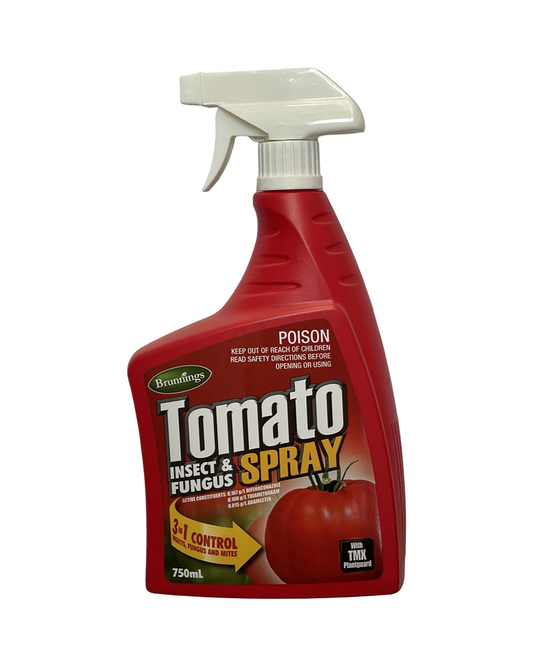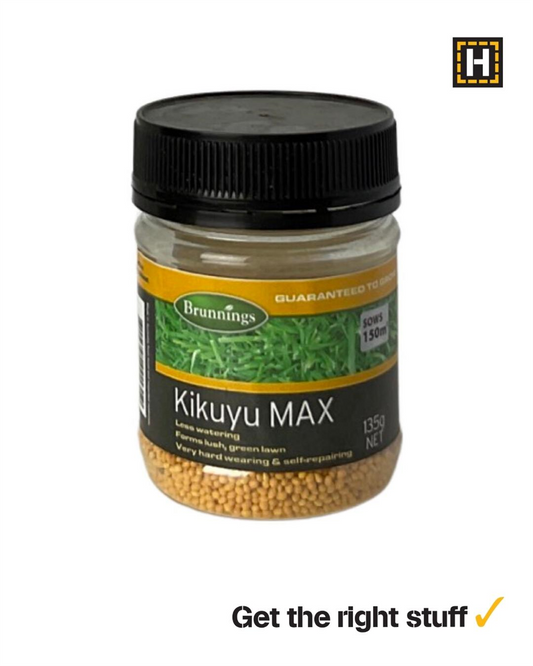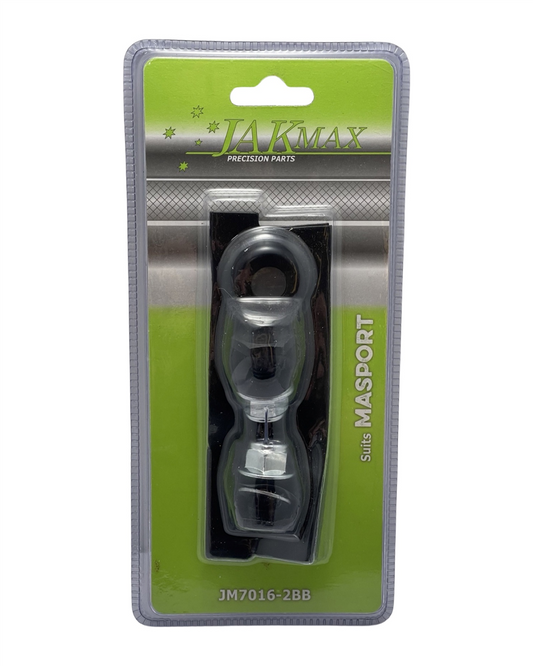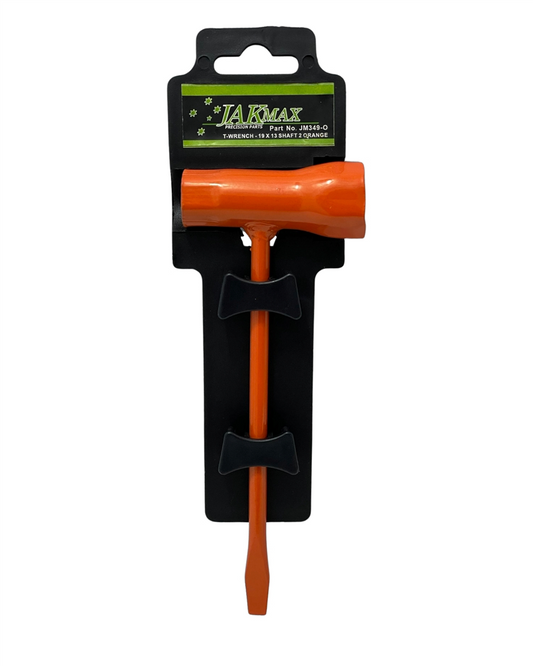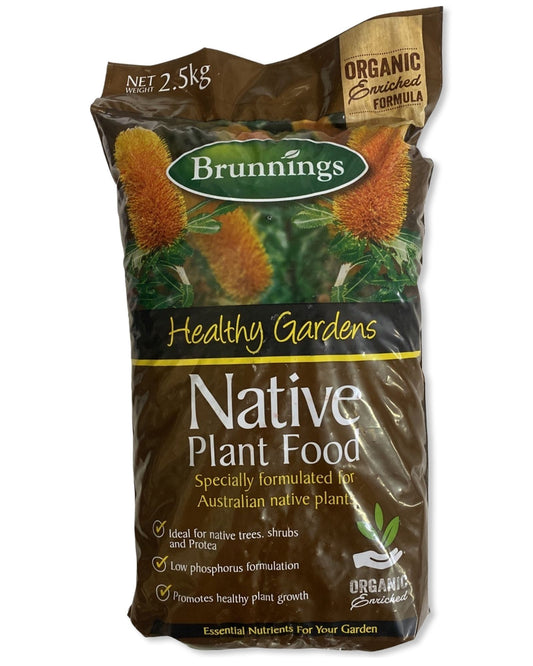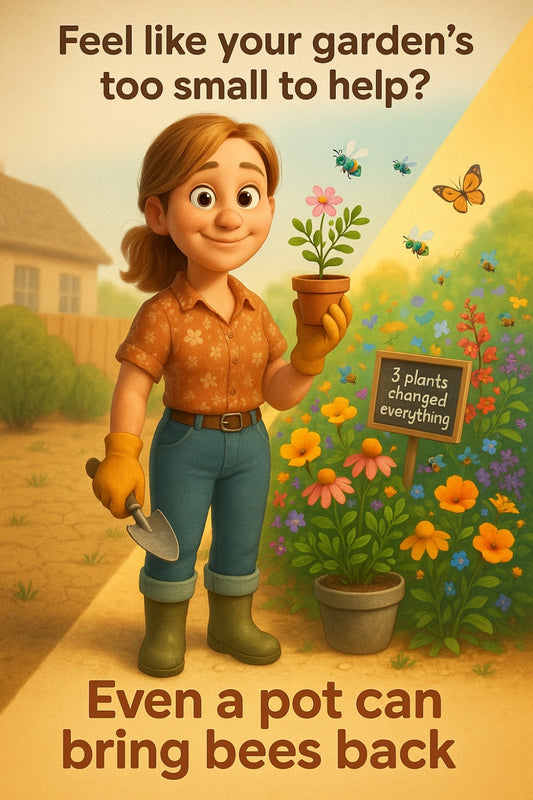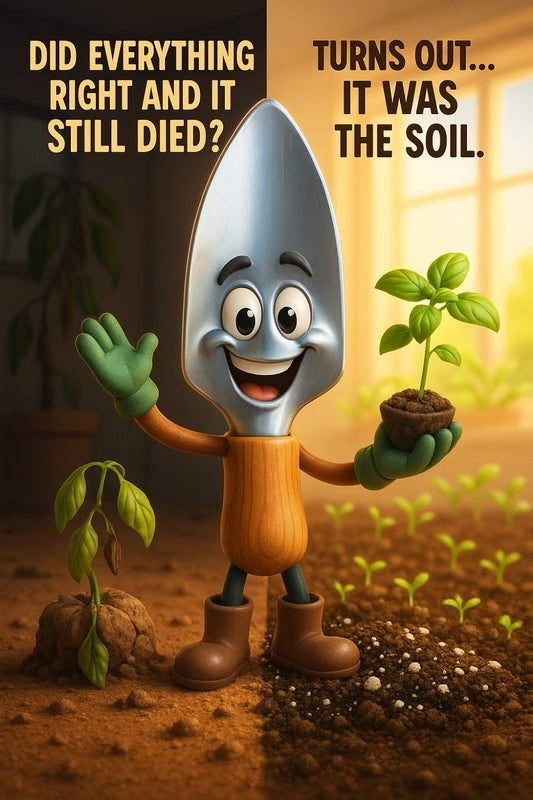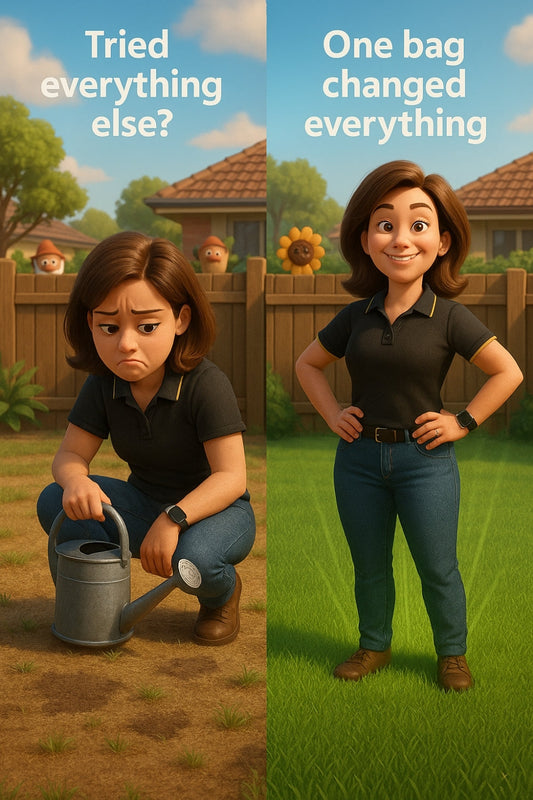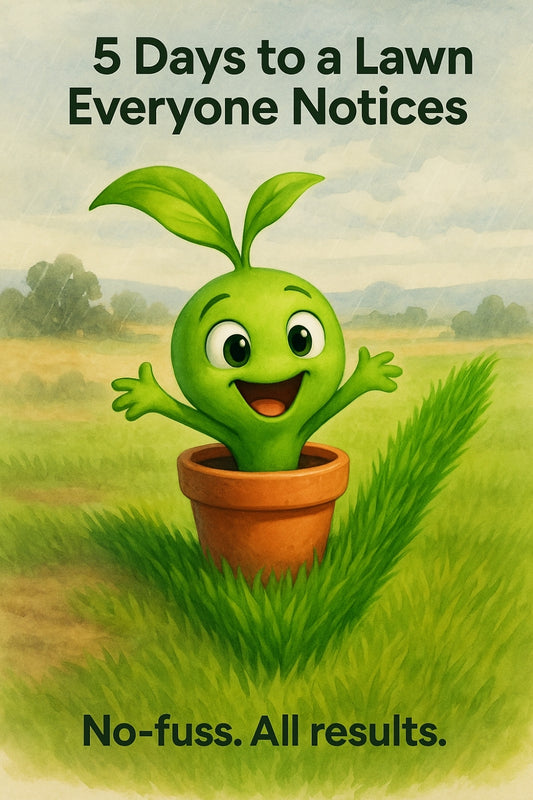The role of sunlight in vegetable gardening
Share
Imagine you're standing in your backyard, a steaming cup of coffee in your hand, surveying the patch of earth where your dream garden will soon bloom—a bounty of crisp lettuces, plump tomatoes, and fragrant basil. But before you touch a spade to soil, one essential ally needs to step into the spotlight—sunlight! Let’s talk about why it’s such a big deal and how you, the budding gardener, can harness its magic to grow the garden of your dreams.
Sunlight: Nature’s Ultimate Fuel
Every single plant you'll grow in your garden thrives on sunlight. It’s not magic; it’s photosynthesis—a clever little process where plants convert sunlight, water, and carbon dioxide into energy. Think of it as their unique way of whipping up a three-course meal. Without sunlight, plants simply can’t grow. It’s like trying to bake a cake without heat—it’s just not going to happen.
That said, not all plants crave the same amount of sun. Some are total sun worshippers, basking happily in direct sunlight all day long. Others are more like shade enthusiasts, preferring the cool respite of dappled light. Understanding this difference is Step One for waving goodbye to frustration and hello to flourishing veggie beds.
How Much Sunlight Does Your Garden Need?
Here’s the golden rule for vegetable gardening: aim for six to eight hours of direct sunlight each day. Got that camera-ready spot in your backyard where the sunlight lingers all day? Bingo—give that spot to your tomatoes, zucchinis, and capsicums. They’re the party animals of the veggie world and love basking in sunlight for as long as they can get it.
If your yard is a patchwork of sun and shade, don’t stress. You can grow shade-tolerant veggies like leafy greens, carrots, and even some herbs in spots that only receive about four hours of direct sunlight. Just remember, every garden is unique, so plan based on your space’s sun patterns. A notebook and a little observation over a few sunny days will help you work this out like a pro.
Picking the Perfect Spot
So, how do you find the sweet spot for your garden bed? Start with a little shadow-chasing game. Spend a day watching how the sunlight moves across your yard. Morning sun blasting that corner near the fence? That’s great for morning lovers like lettuce. Midday’s rays beating down near your shed? Perfect for your pumpkin patch.
Don’t forget about unhelpful shadows—tree canopies, tall fences, or even walls can block sunlight, causing patchy growth. If your garden feels like it could use a spotlight in certain areas, consider using reflective mulch or mirrors to bounce light toward shady spots. Creative, right? Sometimes, gardening is equal parts science and art!
The Challenges of Too Much Sun
Yes, you read that right. Too much sun can also be a problem. If your veggies are getting scorched during blazing afternoons, they may suffer from wilting or have leaves that look like they’ve turned into crispy fries. Strong sunlight, coupled with heat, can rob the soil of moisture faster than a sponge soaking up water.
A quick fix is to provide your garden with a bit of shade during peak hours. Think shade cloths, a strategically placed umbrella, or even planting taller plants to provide cover to the sun-sensitive ones below. Protecting your soil with mulch is another smart move. It helps keep roots cool and moisture locked in while giving your garden an almost spa-like finish—who doesn’t want that?
When the Weather Isn’t Playing Ball
Rainy season leaving your garden gloomy? Light levels matter just as much as duration. Poor light leads to lanky plants and lower yields, and I’m pretty sure no one’s aiming for disappointing crops. In cloudy spells or shaded gardens, adding mirrors or growing reflective surfaces—like shiny silver insulating fabric—can help amplify whatever light nature decides to give.
If your space is deeply shaded or during colder months, consider container gardening. You can haul pots to chase the sunniest spot in your yard when you need a little extra flexibility. And while we’re at it, this is a great time to experiment with indoor grow lights if you’re really committed to squeezing every bit of growth from your veggies!
Your Starter Pack for Sun-Kissed Success
- Observe and Record: Spend a few days noticing where the light settles in your garden.
- Pick Smartly: Choose your veggie plants based on how much sunlight your spaces naturally receive.
- Play Defense: Use simple tools like mulch and cloth to protect vulnerable plants in extreme sun or heat.
- Be Flexible: Container gardens allow you to adapt to seasonal light changes.
Remember, there’s no “perfect” way to garden. It’s all an exciting mix of learning, experimenting, and growing along the way—literally and skills-wise!
Why Sunlight Is Your Garden Guru
Your vegetable garden isn’t just a patch of dirt. It’s an outdoor classroom, feeding you life-long lessons in patience, observation, and creativity. When you recognize that sunlight isn't an accessory—it’s the star of the show—it shifts how you plan and plant. By working with nature, you'll build not just a garden that’s thriving (oops! I meant flourishing), but one that leaves you with pew-pew bursts of pride every time you look out your window.
Need some help turning your sunlight observations into action? Visit us at Strathalbyn H Hardware Garden Centre. We can help you choose growing tools, starter plants, and even give you tips that’ll make your gardening adventures smoother. Let’s get those veggies soaking up the sunshine they're craving!
Happy Gardening
Candeece

